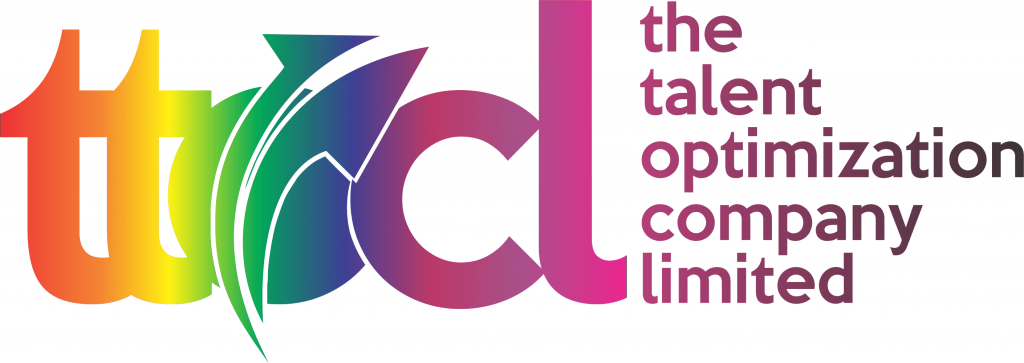Organizations all over the world work assiduously towards the achievement of their vision, mission, and strategic objectives. This requires a thorough understanding of the resources required for achieving the same. Resources here imply both financial and non-financial and they are equally important and interdependent. A major non–financial resource is talent.
Technically these resources have been divided into two, non-contingent and differentiating capabilities. Whereas non-contingent capabilities are the basics that enable an organization to compete and exist in the marketplace, differentiating capabilities are those that differentiate an organization from the others and offer a competitive advantage.
Talent is one of the differentiating capabilities that organizations/businesses have as a source of competitive advantage.
In this dynamic and competitive business era organizations are facing challenges in talent management. Talent management of talented workers is becoming of great importance for a lot of organizations. The demand for talented employees is high because these are the persons who will steer the organization and will be responsible to take the organization towards the peak of success.
This is the reason organizations are in a state of fight for the best people. The major goal of every organizational strategy is to enhance the effectiveness and efficiency of its operations which should lead to organizational success. Talent management then becomes essential when the organization will like to build winning teams that will be formed by talented personnel.
“In our world of today, organizational performance is measured by profitability, productivity, and returns.” Returns in terms of return on assets, return on equity and return on investment.
Organizations are constantly seeking innovative ways to translate strategic objectives that will make them relevant to shareholders and customers. It becomes clear that what drives organizational performance and innovation is a special group of people called “talents.”
“A talent is defined as any individual who possesses critical or strategic competencies required for the growth, development, survival, and sustainability of a business enterprise.”
CEOs and top executives are beginning to keep the increased focus on talents in their businesses; as talents are usually the top 20% of the workforce that generates 80% of the results according to Pareto’s Principle. Talents are those employees who have an endogenous capacity that enables them to make substantial and desirable changes in the current and future performance of the organization
Many businesses are now defining what talent means to them. Talent management experts more than ever are also defining talents relative to businesses. In the talent management space, “not all employees are talents, but all talents are employees”. Talents in organizations drive performance impacting both on the top line and the bottom line.
Talents allow businesses to deliver value to customers and boost performance tremendously. “It is important to mention that in our VUCA World, talents are a now major source of competitive advantage for organizations.” This is because they let organizations capture the essence of their vision, mission, and values in ways that are actionable for other employees.
CEOs and top executives are now beginning to see the real value of talents to their business and are entrenching talent management as a core business process giving it the full attention it requires as well as ensuring that every line manager is accountable for managing talents within the business enterprise, thus institutionalizing a talent ownership culture in their organizations.
The most successful companies in the world have effectively created a talent mindset or culture in their organizations where all line managers are responsible and accountable for talent management. Talents need to be seen as a source of competitive advantage and fundamental strategic business resource in the same way as financial assets to ensure and guarantee business growth, survival, and sustainability in the long–term.

